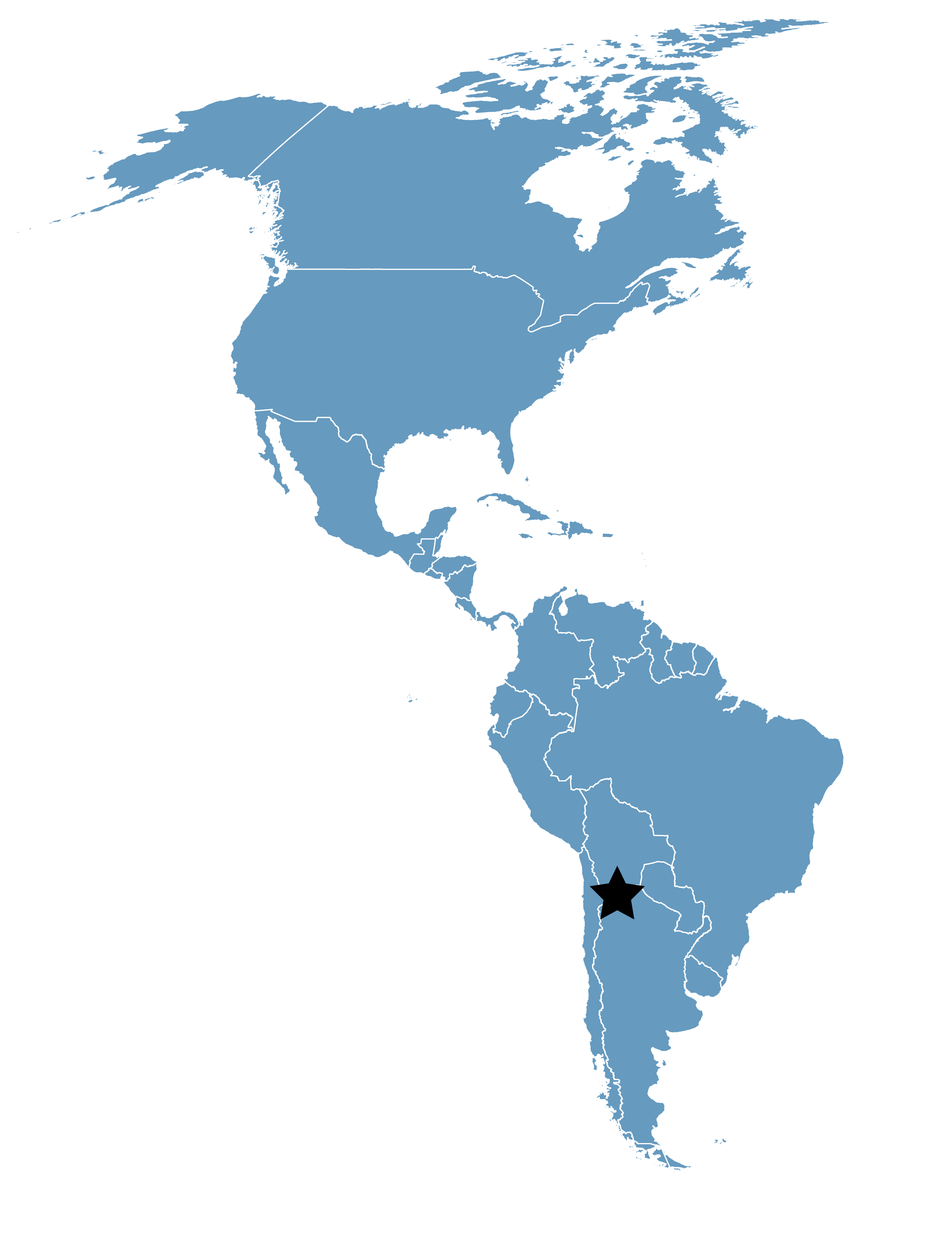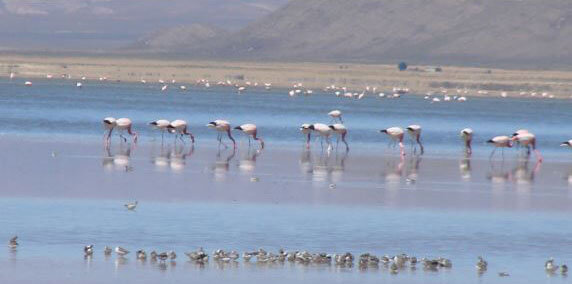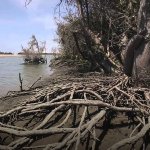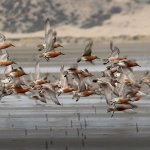Monumento Natural Laguna de los Pozuelos
Location
Jujuy, Argentina
Category
International
Basis for Designation
More than 100,000 shorebirds annually; more than 10% of the biogeographical population of Baird’s Sandpiper (Calidris bairdii) and Wilson’s Phalarope (Phalaropus tricolor), and more than 1% of Puna Plover (Charadrius alticola).
Size
16,224 hectares (40,090 acres)
Date Designated
May 2014
Site Owner
National Parks Administration of Argentina (APN)
Site Partners
Aves Argentinas
Andean Flamingos Conservation Group
Overview
Laguna de los Pozuelos is an elongated depression located in the Andean highlands, with fresh to brackish water and some submerged aquatic vegetation. In general, it is surrounded by saltwater marshes and flooded land. The center plain is an area of approximately 25,000 acres of shallow, low-salinity water that repeatedly dries out partially or completely. The mountain ranges surrounding the lake create an elevation gradient that is reflected in the vegetation. The lake is at the center of a closed basin of about 1,000,000 acres.
During the austral summer (boreal winter), several species of Nearctic shorebirds gather in large numbers at Laguna de los Pozuelos. In total, it hosts more than 100,000 shorebirds, including more than 10% of the biogeographic population of Baird’s Sandpiper (Calidris bairdii) and Wilsons’ Phalarope (Phalaropus tricolor). This site is also home to more than 1% of the biogeographical population of Puna Plover (Charadrius alticola). Laguna de los Pozuelos was also the first high-Andean wetland to be included in WHSRN.
Laguna de los Pozuelos hosts more than 100,000 shorebirds, including more than 10% of the biogeographic population of Baird’s Sandpiper (Calidris bairdii) and Wilsons’ Phalarope (Phalaropus tricolor).
During the austral winter (boreal summer), more than 1% of the world’s known population of Andean Flamingo (Phoenicoparrus andinus), a “vulnerable” species (IUCN 2016) with a maximum record of 33,000 individuals, use the site. Significant numbers – up to 15,000 individuals – of the “near threatened” James’ Flamingo (Phoenicoparrus jamesi), also known as Puna Flamingo, congregate here. A number of nesting Horned Coot (Fulica cornuta), another “near threatened” species, have been recorded at the site.
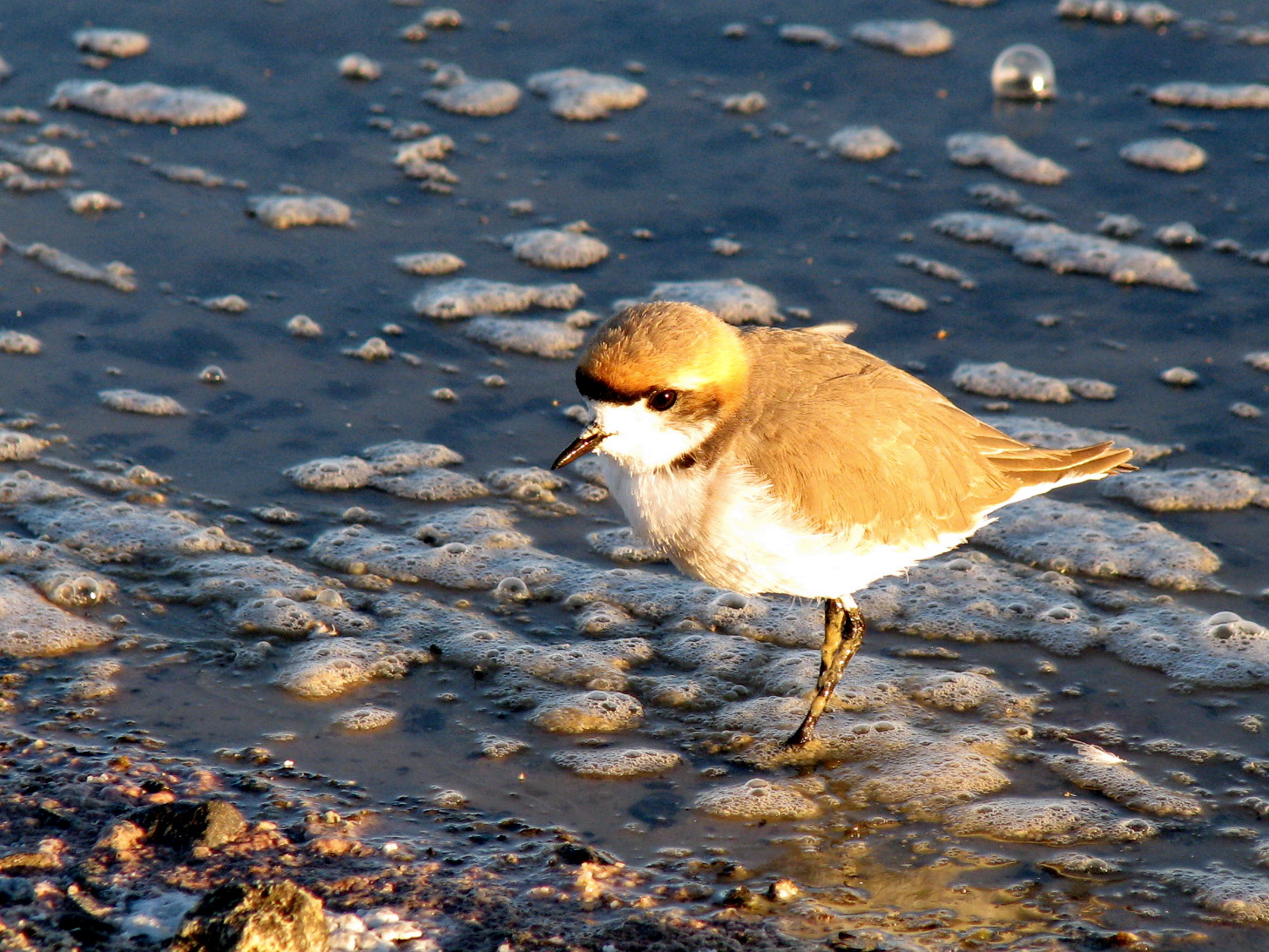
Puna Plover (Charadrius alticola). Photo: Diego Luna Quevedo.
Conservation Status and Management
The Natural Monument is under the jurisdiction of the National Parks Administration of Argentina (APN). One of the principle objectives in the creation of the site was waterbird protection, so shorebird conservation is considered a priority. The National Monument is also a Ramsar site, and a core area of the Pozuelos Biosphere Reserve, which spans the entire endorheic river basin that feeds the Lagoon (approximately 364,000 hectares). A Management Plan for the Pozuelos Natural Monument was approved in 2019, and a recently formed Management Committee is working to develop a Management Plan for the Biosphere Reserve over the course of 2019.
Management priorities include: implementation or redefinition of the categories of conservation for the protected area; management of public use; regulation of water use; and pollution in the watershed. Also, APN requires increased infrastructure at the site for environmental education, communication, and enforcement.
Threats
Threats to the site include: interference with property-line fences; siltation caused by erosion and overgrazing; mineral exploration, exploitation, and abandonment; increased cultivation of pastures (weeping lovegrass); trout stocking; and tree-cutting for firewood and construction.
Threats to shorebirds in particular include fluctuations in water level; pressure from livestock; and unregulated tourism.
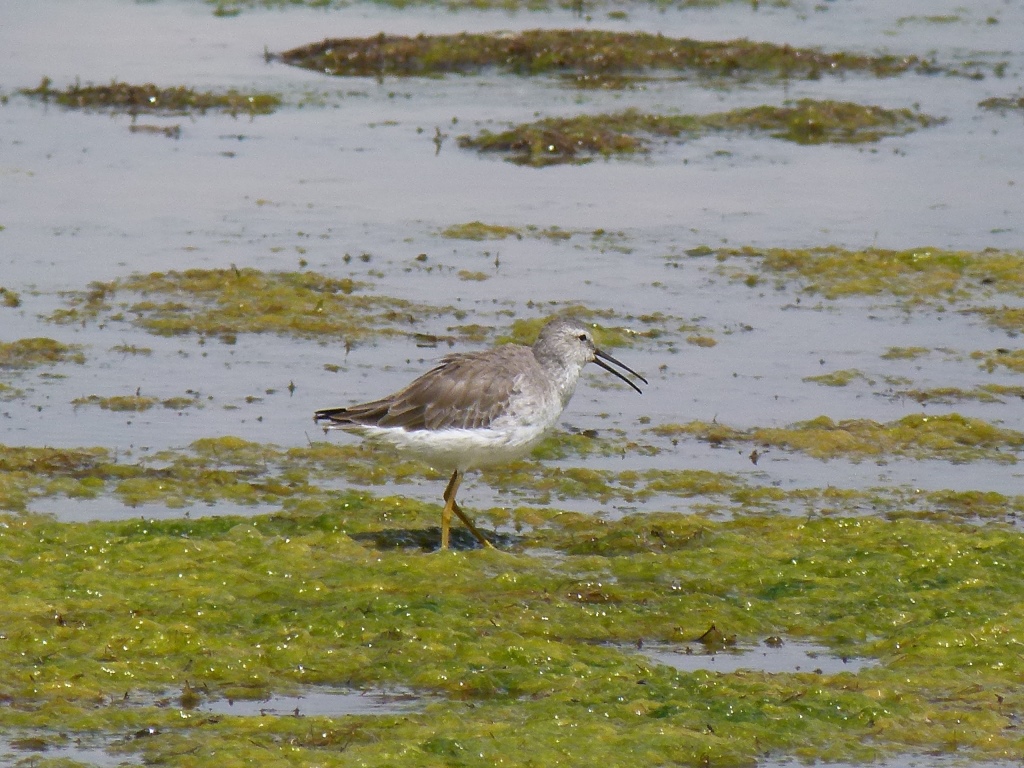
Stilt Sandpiper (Calidris himantopus). Photo: Flavio Moschione.
Monitoring and Research
From 2006 to 2008, the APN has conducted a biennial census coinciding with the Neotropical Waterbird Census, and a monthly monitoring of waterbirds from February 2009 to December 2012 (Rodriguez et al., 2012). In 2013, sampling was conducted from January until April, and then in July, October, and November, continuing the seasonal census and monitoring of migratory species.
Research priorities: population surveys of shorebirds and other species (e.g., Telmatobius (water frog), Vicuña, and Suri (Darwin’s rhea); contamination and water use; the hydrological regime and landscape fragmentation of the basin, llama craft and production, archaeological studies, and cultural traditions of local people.
Resources
Argentina’s National Parks Administration is developing an online web viewer on their Biodiversity Information System website, to showcase the results of waterbird censuses in the Laguna de los Pozuelos Protected Area. Scroll down to the third graph to see a summary of shorebird abundance and species richness, which will be updated regularly as new shorebird surveys are conducted.




